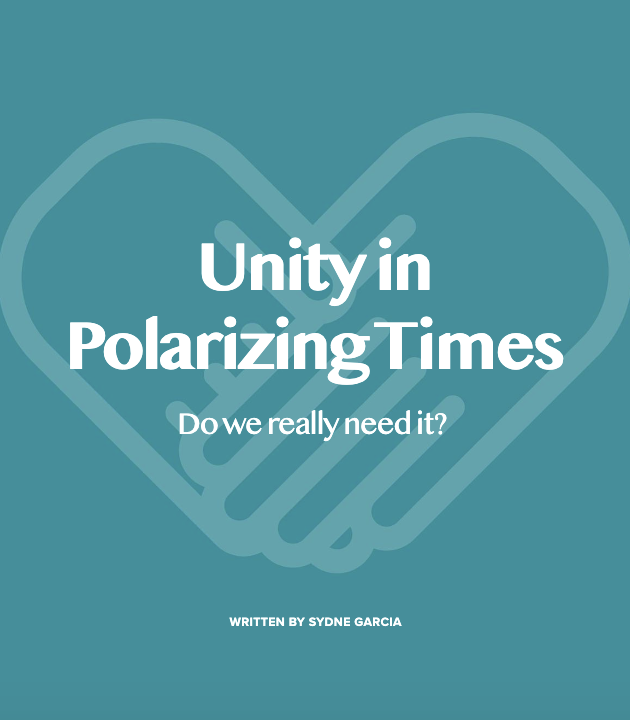
This politically polarized nation craves an affair with unity. Trump’s 2019 State of the Union address (SOTU) emphasized unity to give Americans a sense that this country is headed in the right direction. Regardless of this carefully constructed speech, it is hard to buy the illusion of a united America, especially in a time when the longest government shutdown in history was mainly about funding a divisive wall on the Mexican border. Needless to say, America does not stand together and it is not looking to head in this direction anytime soon.
This split became especially evident when analyzing the political sentiments of the 2016 election – or rather, taking a closer look at the polarization of tribal sentiments. Simply taking a dive into the political sentiments that the Rust Belt feels in comparison to the famously known coastal elites one must begin to wonder why and how the U.S. got to this point. Realistically, there are way too many factors to consider like socio-economic class and racial tensions – topics that deserve an entire article of their own. As explained by Amy Chua, author of “Political Tribes”, U.S. (domestic) political tensions are due, in part, to the power struggle felt amongst ethnoracial groups. Given there has been a rising interest in the power struggle felt among predominantly white groups, this divide is discernible.
The U.S.’s obsession with unity is not going away any time soon but there’s one thing that is often forgotten when conversations of political divides arise. Is unity really needed? Where did this desire to be “united” come from? And what will unity – if possible – accomplish? Dating back to colonial times there have been disagreements of all sorts: federalists vs. the anti-federalists, Alexander Hamilton vs. Aaron Burr, and Martin Luther King vs. oppression, to name a few. This is not news or groundbreaking. Heck, there isn’t a need to delve deep into U.S. history – divisiveness will always exist.
Instead of masking American chasms, it’s time America agrees to disagree. The question shouldn’t be: How can we be more united? The question should be: Who’s going to foster a national dialogue of agreeing to disagree? Demanding unity is impractical, unrealistic, and likely impossible.
The U.S. should be working towards embracing differences and looking at divisiveness for what it is. It’s not focusing efforts on impeaching Trump, but rather understanding why people want him to maintain his presidency. It’s also not focusing on the fact that media outlets falsely represent the president, but rather why has it gotten to this point? Where do these sentiments come from? The answer is pretty simple and it’s one many have to accept to see the progress we yearn for. With the upcoming 2020 presidential election fresh faces are setting themselves at the forefront of both parties. Whether it’s Pete Buttigieg, Kamala Harris, or Amy Klobuchar, or any other candidate in the running, one of them will have to lead citizens into the direction of understanding the cracks rather than basing their platform on invoking hatred towards those on the other side.
Democratic candidate Pete Buttigieg, mayor of South Bend, IN, is one of the running candidates who may bring something new to our current political sphere. An openly gay midwestern politician finally gives millennials something to believe in. Being a millennial himself, his stance on religion, policy, and leaving the “politics of the past” behind is something young Dems are receptive to. But will it be enough to get him nominated? It’s unclear but I will say his platform is different than many of the Dems running because he’s not selling unity nor is he trying to gain his votes by trivializing the other side. His seemingly conservative morale and an open mind to progressive politics may be what the U.S. needs.
On the other hand, there’s Kamala Harris. Formerly California’s Attorney General, she is a fierce candidate in the making. Her broad platform resonates with many mainstream Democrats – especially her take on competing views about policy. Harris truly understands that voters aren’t streamlined in their beliefs and what may seem like contradicting views on policy is actually expected by her. She acknowledges the fact that U.S. voters are split and are not necessarily crying out for unity – rather for someone who’s willing to boldly change policy in a way that makes sense.
As for Republicans, there’s still Donald Trump. And that’s enough to be said.
Overall, it’s clear it may behoove candidates to abandon this fantastical notion of unity and rather, be realistic for a change. Politics aren’t what they used to be and for once, let’s not have empty cliches be the answer to all of our problems but rather participate in practical dialogue.